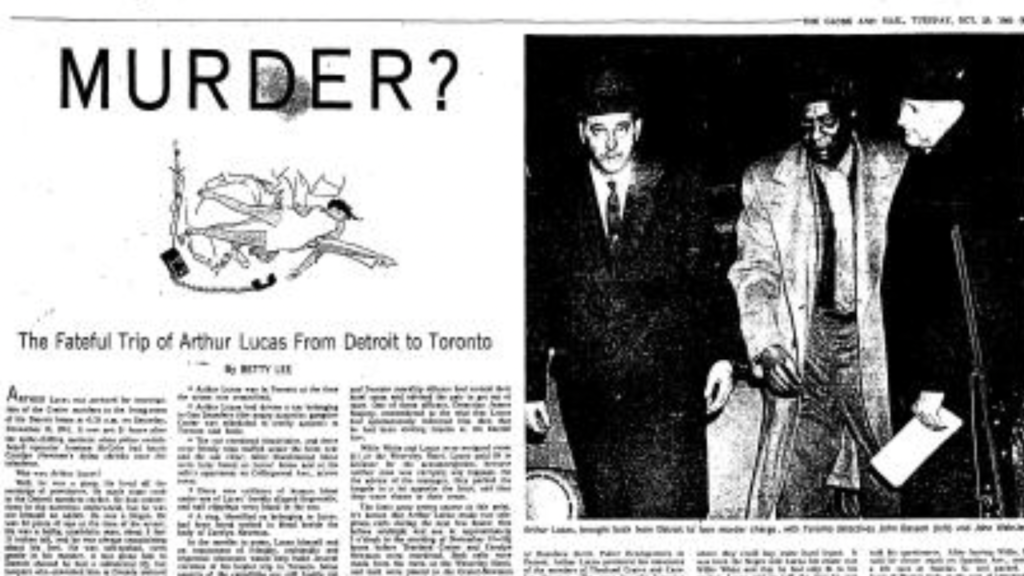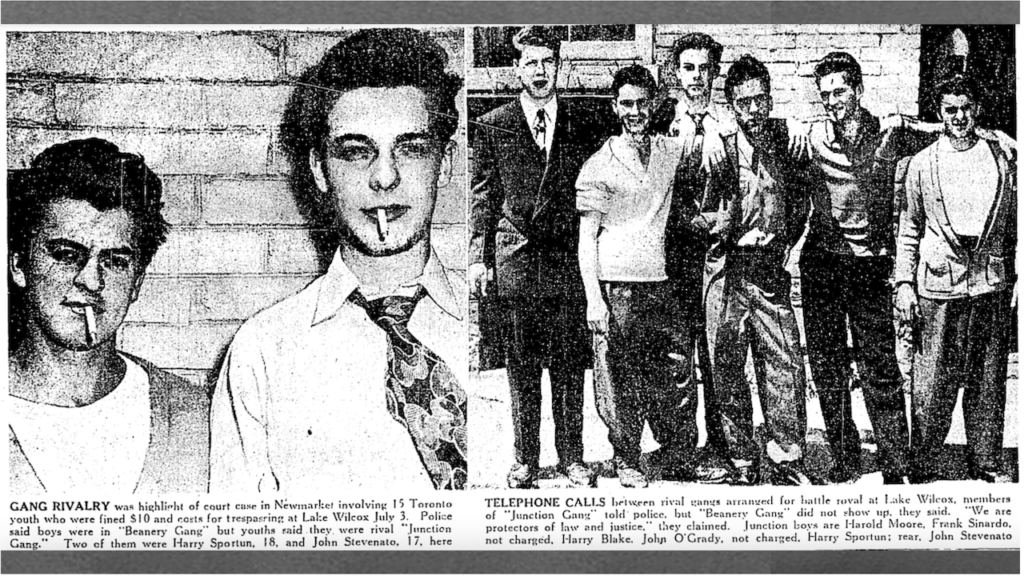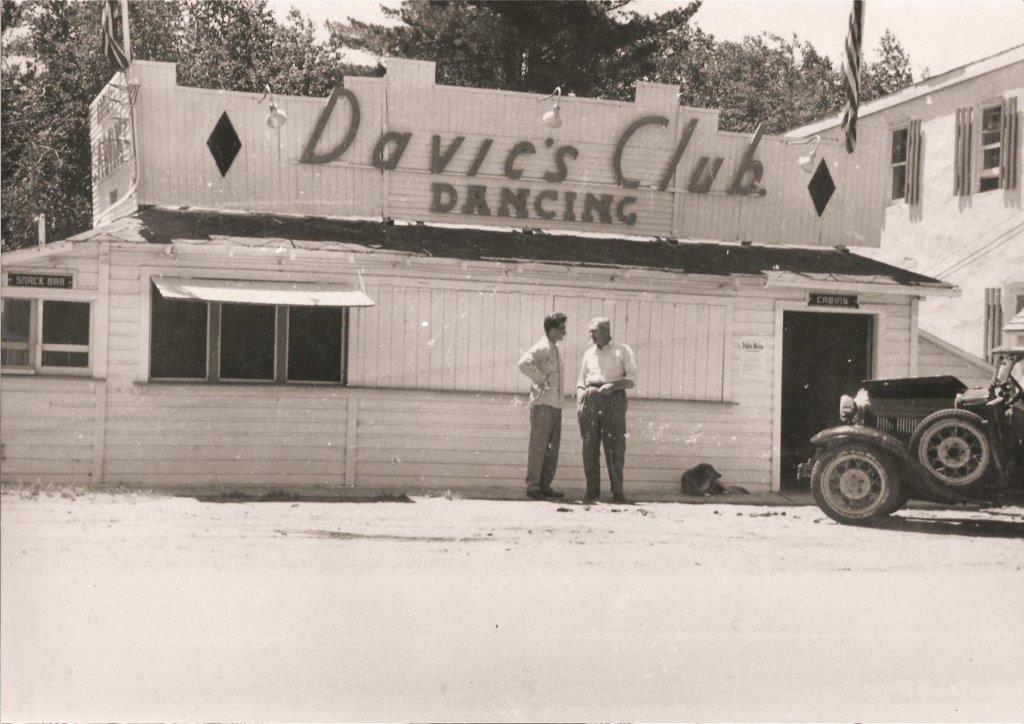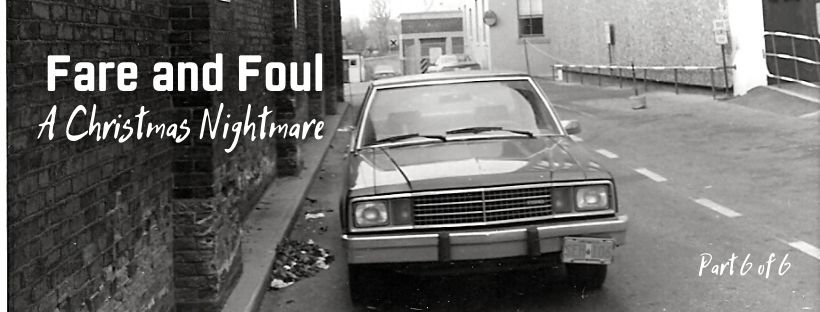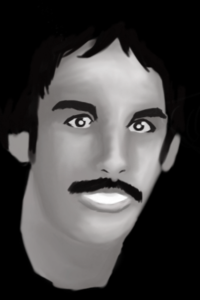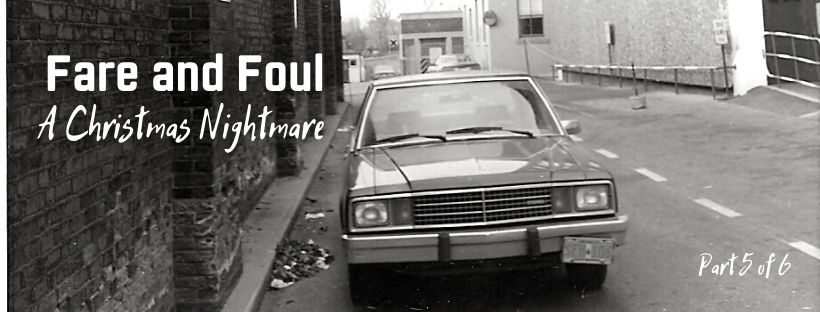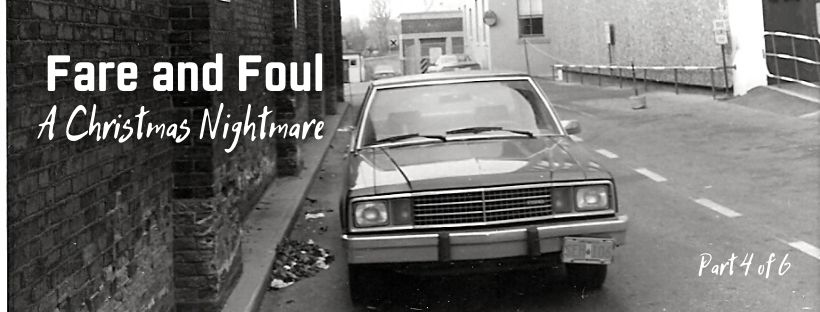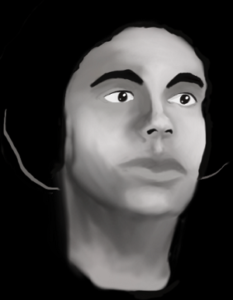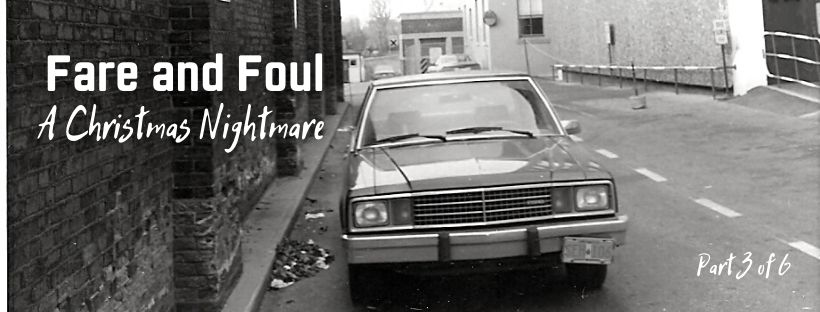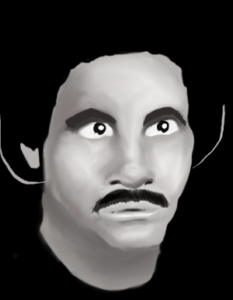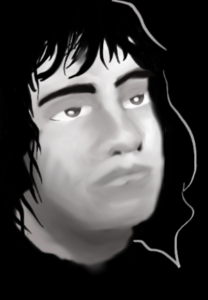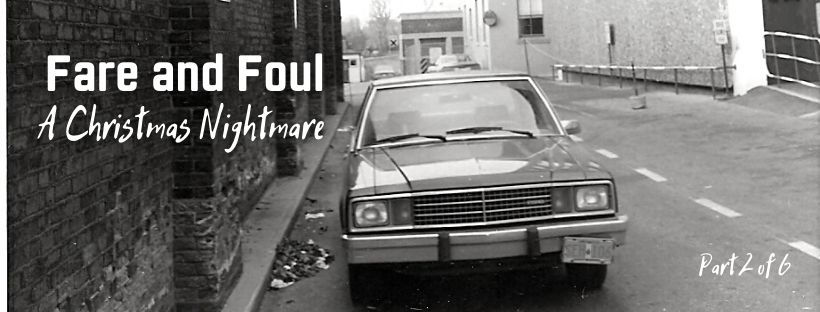Sixty years after Canada’s last execution, the discussion about capital punishment has not gone away
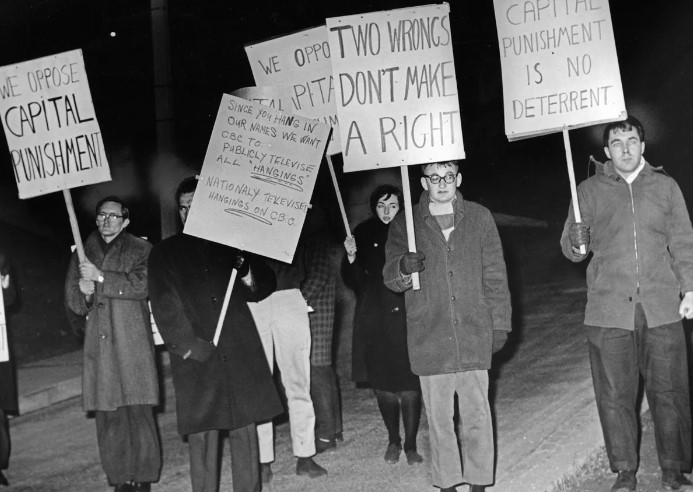
Demonstrators outside the Don Jail in Toronto protest the execution by hanging of two convicted murderers, Ronald Turpin and Arthur Lucas, on Dec. 11, 1962.
Originally published in The Globe and Mail – December 11, 2022
At two minutes past midnight on Dec. 11, 1962, while a small band of demonstrators circled outside in the bitter cold with placards protesting in bold black letters that “hanging is also murder” and that “two wrongs do not make a right,” Ronald Turpin and Arthur Lucas dropped back to back through the gallows trap door in the execution chamber of the Don Jail in Toronto.
Ronald Turpin, 29, was a small-time lawbreaker known to Toronto police. While making his getaway after stealing $632.84 from a fast-food restaurant in Scarborough in February, 1962, Turpin was pulled over by police constable Frederick Nash for bald tires and a broken front headlight. Both men were armed. After a vicious exchange of gunfire, Nash lay dying at the scene. Turpin, who had been wounded, was arrested and charged with murder.
Arthur Lucas, 54, a Black American hoodlum from Detroit, had, according to some of his connections, journeyed to Toronto in November, 1961, to execute fellow gangster Therland Crater, due to testify in the upcoming trial of a drug trafficker in the United States. In the early hours of Nov. 17, Crater and his girlfriend, Carolyn Ann Newman, were found in their rooming house with their throats slashed. Crater had also been shot four times. Lucas, who had visited the couple earlier that very morning, immediately became the prime suspect. He was apprehended in Detroit and extradited to Canada, where he was tried for the murder of Crater.
Lucas and Turpin were both found guilty and sentenced to death on May 10 and June 13, 1962, respectively.
The execution of Ronald Turpin went off relatively smoothly: He was dead within minutes. But you would need to look no further than Arthur Lucas for a chilling example of what can go wrong when the penalty is death.
